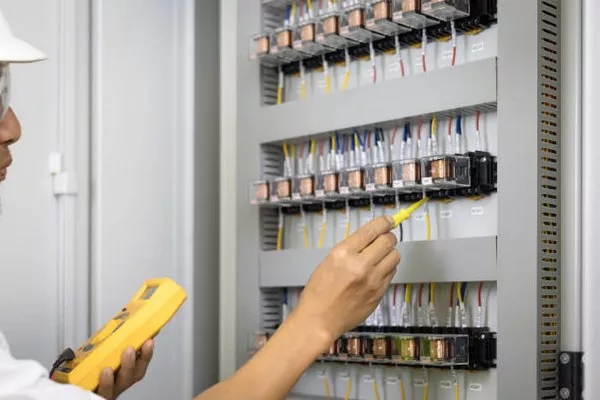Transformers are integral components in electrical systems, playing a crucial role in manipulating voltage levels to ensure efficient power transmission and distribution. While transformers are commonly associated with stepping down voltage for distribution purposes, their ability to increase voltage is equally significant in specific applications. In this article, we delve into the principles behind transformers and their role in voltage transformation, particularly focusing on the mechanisms through which transformers can increase voltage.
Understanding Transformers:
Transformers are devices that transfer electrical energy between two or more circuits through electromagnetic induction. The basic components of a transformer include a primary winding, a secondary winding, and a core made of magnetic material. The primary winding is connected to the input voltage source, and the secondary winding is linked to the output circuit. The core facilitates the transfer of energy between the windings through the principles of magnetic flux.
Voltage Transformation:
One of the primary functions of transformers is to transform voltage levels between the primary and secondary circuits. The transformer equation, Vp/Vs = Np/Ns, where Vp and Vs are the primary and secondary voltages, and Np and Ns are the number of turns in the primary and secondary windings, respectively, illustrates the relationship between input and output voltage. In standard transformer applications, the primary winding typically has more turns than the secondary winding, resulting in a voltage step-down.
Voltage Increase Mechanism:
While transformers are commonly associated with stepping down voltage for widespread distribution, certain applications necessitate voltage increase. Transformers designed for voltage increase, known as step-up transformers, have a primary winding with fewer turns than the secondary winding. This configuration enables the transformer to boost voltage levels while maintaining the principles of electromagnetic induction.
Power Transmission and Efficiency:
The need for voltage increase often arises in power transmission scenarios. High voltage transmission lines are employed to transport electrical power over long distances, minimizing energy losses and enhancing efficiency. Step-up transformers are strategically placed at power generating stations to increase voltage levels before transmission, reducing the current flowing through the lines and subsequently minimizing resistive losses.
Renewable Energy Integration:
The integration of renewable energy sources, such as wind and solar power, into the electrical grid has increased the demand for transformers that can efficiently handle varying voltage levels. Step-up transformers play a critical role in elevating the voltage generated by renewable sources to levels suitable for long-distance transmission. This ensures that the energy generated can be effectively transported to regions with high demand.
Industrial Applications:
Certain industrial processes require high voltage levels for optimal operation. Step-up transformers are employed in various industrial applications, including manufacturing, chemical processing, and materials production. By increasing voltage, these transformers enable industrial facilities to meet their power requirements efficiently, ensuring continuous and reliable operation.
Voltage Regulation and Stability:
Transformers, both step-up and step-down, contribute to voltage regulation and stability in electrical systems. Voltage fluctuations can have detrimental effects on sensitive electronic equipment and disrupt the overall functionality of power grids. By strategically placing transformers in the network and utilizing them to control voltage levels, utilities can enhance the stability and reliability of the electrical supply.
Challenges and Considerations:
While the use of transformers for voltage increase is essential in many applications, it comes with certain challenges and considerations. High-voltage equipment requires specialized insulation and safety measures to prevent electrical arcing and ensure the protection of personnel and equipment. Additionally, the design and installation of transformers must adhere to strict regulations and standards to guarantee the safety and reliability of the electrical infrastructure.
See Also What Is A Transformer Outlet On A Surge Protector
Conclusion:
Transformers are indispensable components of electrical systems, facilitating the efficient transfer of energy between circuits. While transformers are commonly associated with voltage reduction, step-up transformers play a vital role in increasing voltage for specific applications. From power transmission to the integration of renewable energy sources and industrial processes, transformers that can elevate voltage levels are instrumental in ensuring a reliable and stable electrical supply. As technology advances and energy needs evolve, the role of transformers in voltage increase will continue to be a critical aspect of modern electrical systems.

